Would you like to know if you can use PVC glue on ABS? Well, we have researched this topic and have answers for you. Knowing if you can use PVC glue on ABS is vital to ensure your pipes are adequately glued.
You cannot use PVC glue on ABS. PVC glue will not create a strong bond on ABS, and the joint will be susceptible to failing. Instead, you should use ABS cement to form a strong, long-lasting bond.
In this article, we will learn if you can use PVC glue on ABS. We will also learn the answers to other interesting related questions, such as what is the best glue for ABS, and how long does it take for ABS cement to cure? Keep reading to learn more.
Can You Use PVC Glue On ABS?
It would be best if you didn't use PVC glue on ABS. PVC glue is designed to be used with PVC pipes only.
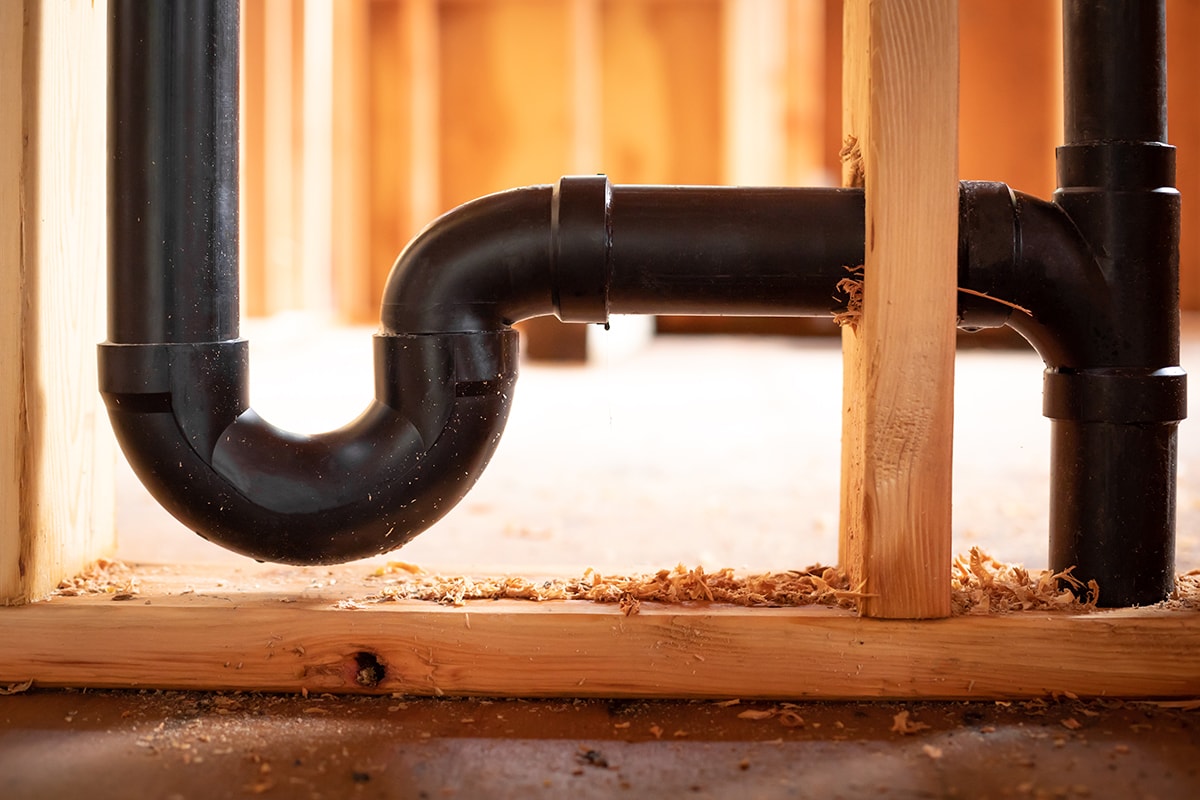
You can't use PVC glue on ABS because it's not strong enough. PVC glue gets its strength by reacting with primer. This doesn't mean you can use PVC glue on ABS if you use a primer.
The primer used with PVC glue partially dissolves the PVC pipes. When the PVC glue is added, it reacts with the primer and forms a permanent bond with the partially dissolved pipe. PVC primer will not dissolve ABS pipe adequately to ensure a strong bond when using PVC glue.
What Is The Best Glue For ABS?
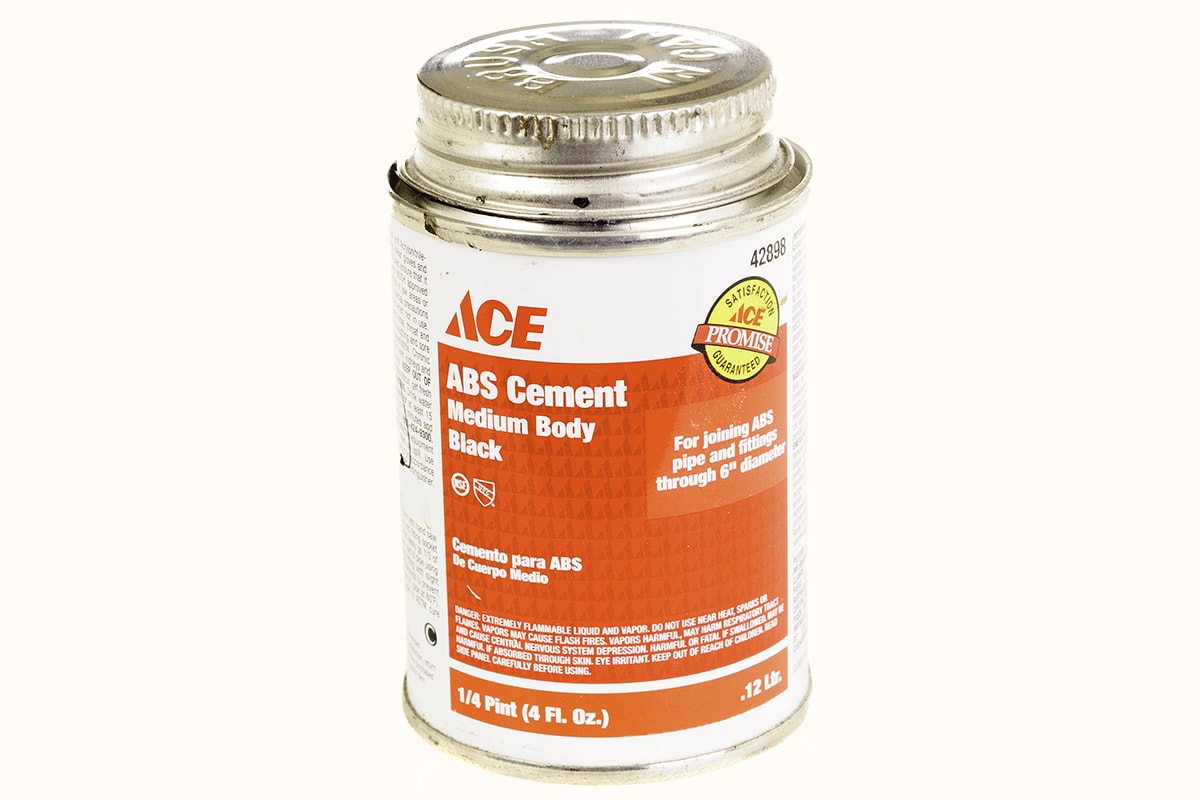
The best glue for ABS is ABS cement which forms a bond that is, as the name implies, as strong as cement. ABS cement reacts with the ABS piping to chemically fuse them.
Using ABS cement and no other glue on ABS would be best. Different types of glue can form strong bonds, but only ABS cement will chemically react with ABS.
One thing to keep in mind when using ABS cement is to allow it to cure fully before running liquids through the pipe. If ABS cement hasn't been given enough time to cure, it won't form its cement strength bond.
How Long Does It Take For ABS Cement To Cure?
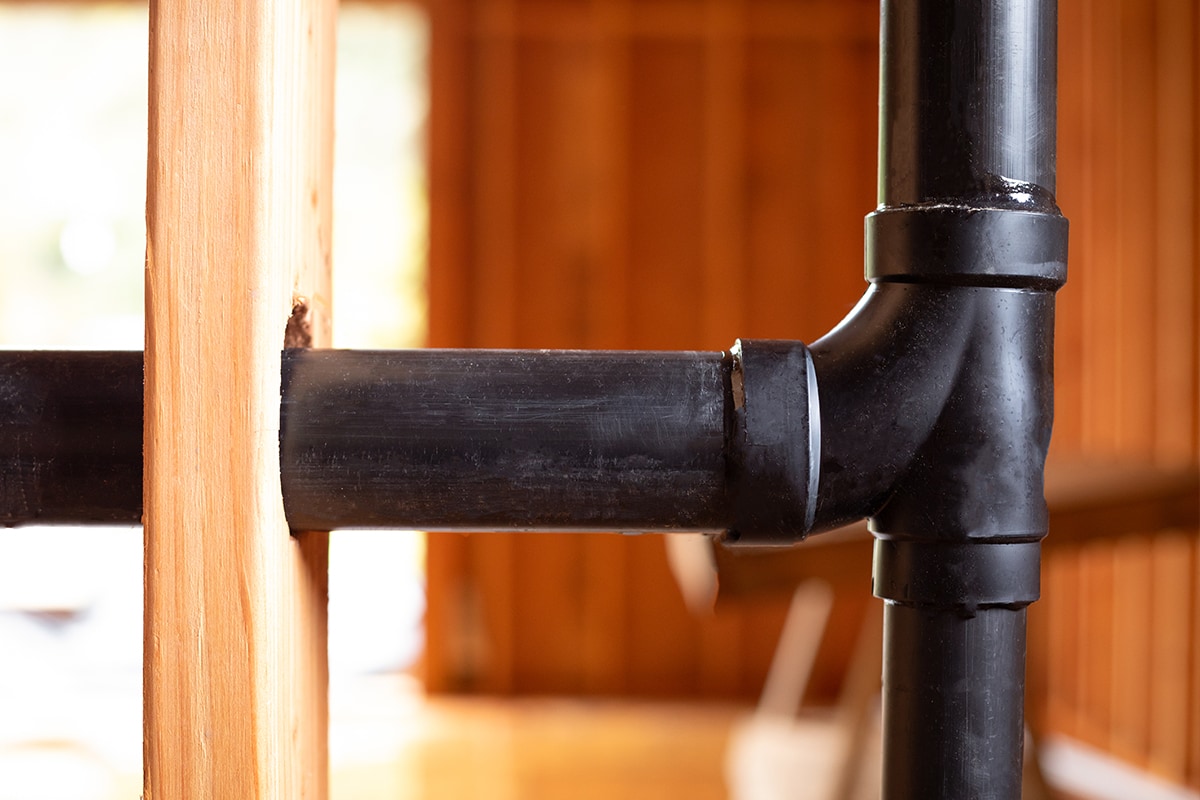
ABS cement typically takes twenty-four hours to cure, but several factors significantly affect that time. Let's learn what these factors are and how they affect curing time.
Cement Thickness
The amount of ABS cement you apply to your pipes can affect how long it takes to cure. If you use only a light amount of glue, it may cure in only twelve hours. If you apply large globs of cement to your pipes, it would be best to wait forty-eight hours before running fluid through them.
While decreasing cure times may be tempting, it's best not to undercoat your pipes. You should apply a liberal amount of cement when connecting ABS pipes to ensure a strong connection. It would also be best not to glob on large amounts of cement.
When coating pipes in ABS cement, dip the wand in and wipe it around the pipe's end. Don't wipe off the excess adhesive from the end of the wand, and don't apply multiple dips worth of cement to the pipe.
Humidity
The air's moisture can also play a significant role in curing times. If you live in a desert with dry air, you can expect your ABS cement to cure in the standard twenty-four hours. If you live in a wet climate, you may need to give your ABS cement an extra twelve hours to reach fully cured.
Ensure no water gets on the connection point before curing is complete. If water is exposed to the uncured ABS cement, it can cause it not fully to cure and form a weak connection.
Temperature
If you live in a warmer climate, you can expect the temperature to not play a significant role in your ABS cement curing times. You will need more time for your cement to cure in colder climates.
Any temperature below fifty degrees Fahrenheit will require an additional few hours to ensure it's fully cured. If the temperature is below thirty-two degrees Fahrenheit, you will want to give your ABS cement an extra day to cure.
Air Flow
ABS cement will cure in the standard twenty-four hours in areas with good air circulation. If you are connecting ABS pipes in a place with poor air circulation, you will want to allow your pipes a few extra hours to cure before running fluid through them.
Using fans and opening windows, you can increase the airflow to ABS pipes in areas with poor air circulation. Even if you can provide excellent airflow, it would still be best to wait twenty-four hours to allow the cement to cure fully.
How Do You Install ABS Pipes?
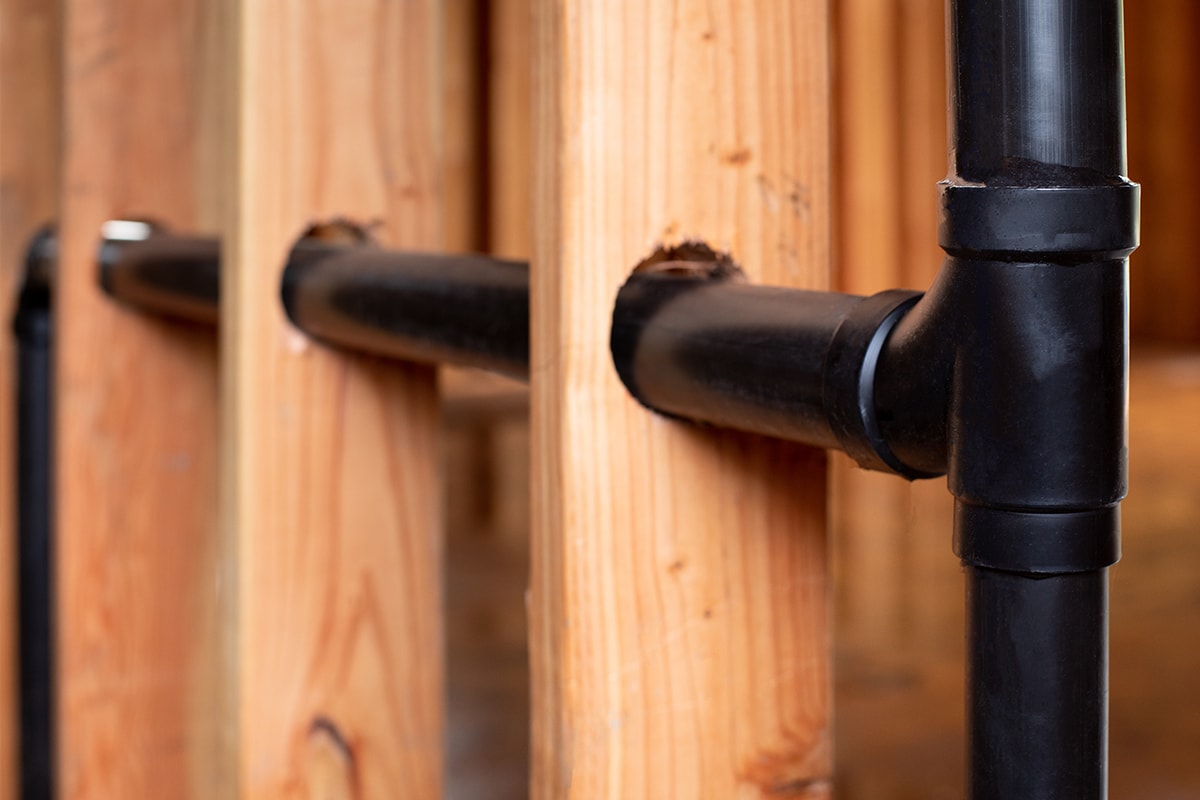
You will need the right tools and proper technique to install ABS pipes. Let's learn what tools you need and the correct way to install ABS Pipes.
Tools
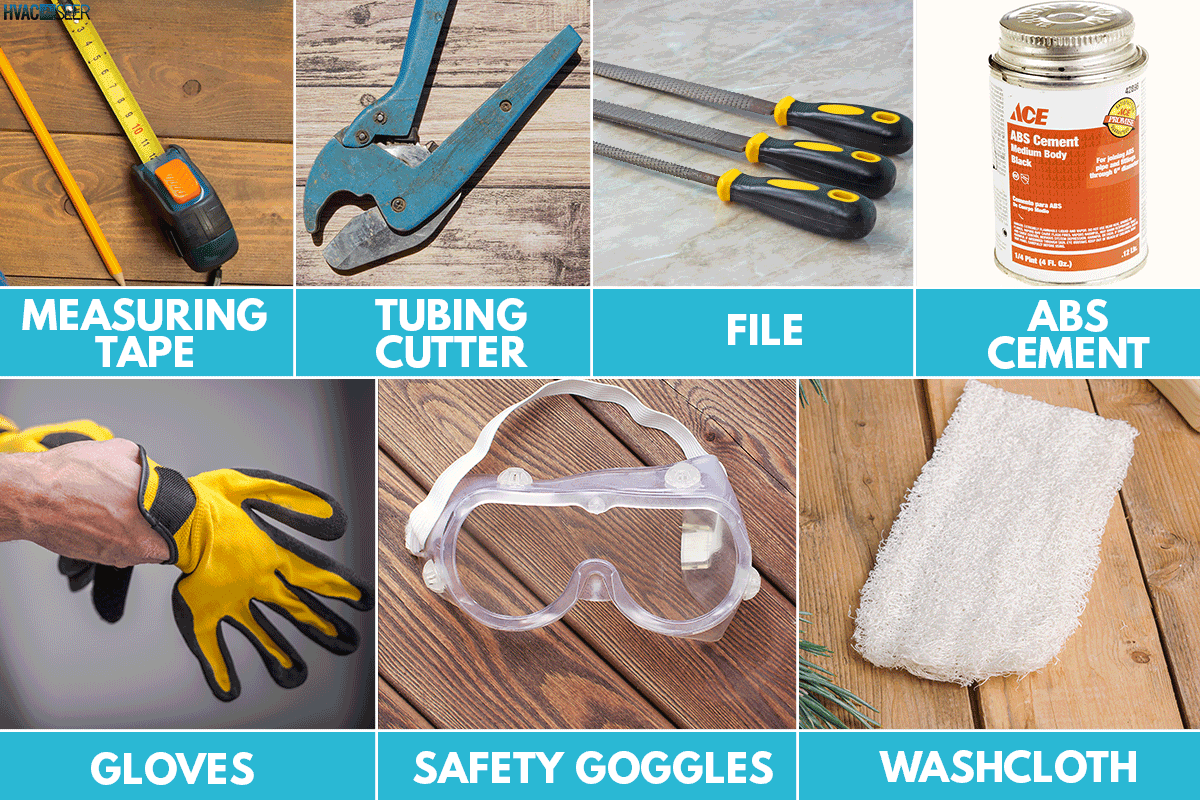
The tools you will need to install ABS pipes are a measuring tape, a hacksaw or tubing cutter, a file, ABS cement, gloves, safety goggles, and a washcloth.
If you use a hacksaw to cut your pipe, you will also need to use a file to ensure the pipe is smooth enough to insert into the connectors. A tubing cutter will leave you with a smooth enough cut that filing the pipe is usually unnecessary. If you would like to try a tubing cutter to cut your ABS pipes, here are two of the best available on Amazon.
Reed Tool Tubing Cutter
You can find this product here on Amazon.
Ridgid Tubing Cutter
You can find this product here on Amazon.
The gloves and safety goggles are also essential since the ABS cement can irritate your skin and damage your eyes if exposed. The washcloth is to help quickly wipe up any dripping ABS cement before it permanently becomes part of the floor.
Measuring
As the saying goes, measure twice and cut once; you must ensure your measurements are correct before cutting your ABS pipe. First, measure the gap you want to span with the ABS pipe. You can use a measuring tape and a pencil to make a small mark on the new pipe where you want to cut.
Next, hold your pipe up to where you want to install it and ensure the measured mark is in the correct location. It's also essential to remember when measuring ABS pipe that a small portion of the pipe will slide into the connectors. If you fail to account for the pipe overlapping with the connectors, it will be too short.
Cutting Pipe
You can use a hacksaw or a tubing cutter to cut the pipe. To cut the pipe with a hacksaw, place the blade on the mark you made early and gently slide the saw back and forth. It's essential to start slow to ensure a straight and accurate cut.
Once the hacksaw has cut a deep enough groove to ensure it won't slip out of the pipe, you can increase your cutting speed. Do your best to keep the hacksaw straight with the pipe to avoid a sloped cut.
To use a tubing cutter, tighten the cutter to the pipe and gently rock it back and forth. Be sure not to rotate the cutter repeatedly in the same direction to avoid having it creep along the pipe. Keep tightening the cutter and rocking it back and forth until the pipe cuts clean.
Prepping Pipe
If you cut your pipe with a hacksaw, you must prep it with a file. Take your file and remove any burrs on the inside of the pipe. Next, chamfer the outside edge of the pipe. Chamfering the border will help the rough-cut edge better slide into its connector.
If you cut your pipe with a tubing cutter, you can skip prepping the pipe as long as the edges are smooth and straight.
Gluing
Open your container of ABS cement and use the wand on the lid to wipe a liberal coat around the inside edge of the connector and the outside edge of the pipe. Now insert the pipe into the connector while twisting it a quarter turn. Partially rotating the pipe will help to spread the glue evenly inside the connection point.
Be sure to insert the pipe quickly since ABS cement can thicken within minutes, making it challenging to connect pipes. Because of the speed of ABS cement thickening, it would be best to glue one pipe at a time.
Curing
Once you connect your ABS pipes, it's vital to allow them to cure fully before running fluid through them. It will take twenty-four hours for them to cure fully, and as discussed earlier, a few things can make it take longer.
If you aren't sure how long your ABS pipes will take to cure fully, it can be best to wait forty-eight hours to be safe.
Final Thoughts

This article taught us that you couldn't use PVC glue on ABS pipes. We also learned the proper way to install ABS pipes.
Remember, if you use a tubing cutter, you may not need to file your pipes.
We hope you enjoyed this article. If you want to learn more, check out some of these other posts.


